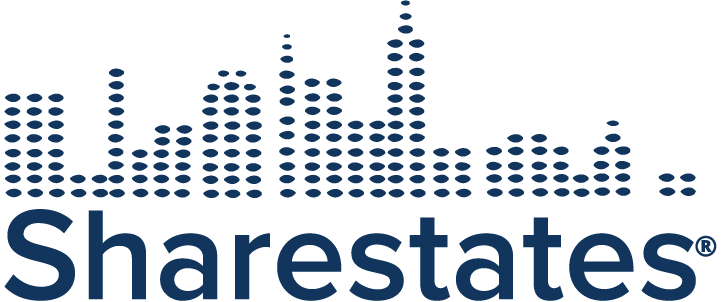Fix-And-Flip Financing Is Finally Getting A Much-Needed Update

With big-name development projects hogging the spotlight, the wave of small development projects sweeping across the U.S. has largely gone unnoticed. “Fix-and-flip” properties make up almost 6% of national residential sales, according to Attom Data. In certain markets, flippers account for a third of all residential units sold.
Despite the growing popularity of flipping residential and multifamily properties, the hard-money lending that flippers rely on to finance their purchases has remained stubbornly archaic. But a few operators are now offering new ways to finance the small projects that are becoming the norm.
“Fixing and flipping properties has been a great business model for years, but hard-money lenders have kept the industry from really taking off,” said Michael Ramin, director of business development at Sharestates, a real estate crowdfunding platform that has financed thousands of small development projects. “Now that they have other financing options, flippers can scale their businesses beyond just a few properties and grow it into a real practice.”
Until recently, flippers who needed capital didn’t have many options. Many fix-and-flip projects require a speedy turnaround time, but banks can take months to close on loans, and may not be able to lend on distressed or vacant assets. These projects also require exceptions that a typical bank cannot make, Ramin said. The amount of paperwork that a bank requires can also be punishing for flippers who are looking to move as quickly as possible.
So, flippers have long been stuck borrowing from local mom-and-pop hard-money lenders, which come with their own set of disadvantages. These lenders’ rates tend to be much higher than banks’, and they typically offer little in the way of customer service, Ramin said. They also often place strict caps on borrowing, meaning that to grow beyond a few properties, flippers need to cultivate relationships with many different lenders, each with its own associated fees and bureaucracy.

Private lenders are beginning to step up and offer more modern solutions to fix-and-flip financing. Through Sharestates, borrowers can apply for funding backed by both institutional and crowdfunded capital, sparing developers the high rates, borrowing caps and concentration limits.
“We might offer lower leverage to first-time flippers, but as they build a track record of borrowing with us, we can drop their rates and increase leverage, so that they can grow their pipelines,” Ramin said. “We allow people to push their funding through more quickly, and actually grow what was once a hobby into a booming, sustainable business.”
Ramin said Sharestates can offer flippers the flexibility to buy properties over a national landscape; with a traditional hard-money lender, they might be stuck working within a specific geography. Sharestates' size gives it another advantage over local lenders — Sharestates can offer much more in the way of customer service.
“Say you’re a developer and you got stuck, you’re in the middle of construction and the budget went wrong — we have a Rolodex of people in your area that can help you out,” Ramin said. “They can partner with you on the deal, and help to iron out any issues you have.”
This feature was produced in collaboration between Bisnow Branded Content and Sharestates. Bisnow news staff was not involved in the production of this content.

